I joined the Substack world! From now on, blog-type posts can be found at:
https://shilpimalinowski.substack.com/
Sign up (for free!) and keep up with my various projects, book reviews, and other life updates.
I joined the Substack world! From now on, blog-type posts can be found at:
https://shilpimalinowski.substack.com/
Sign up (for free!) and keep up with my various projects, book reviews, and other life updates.
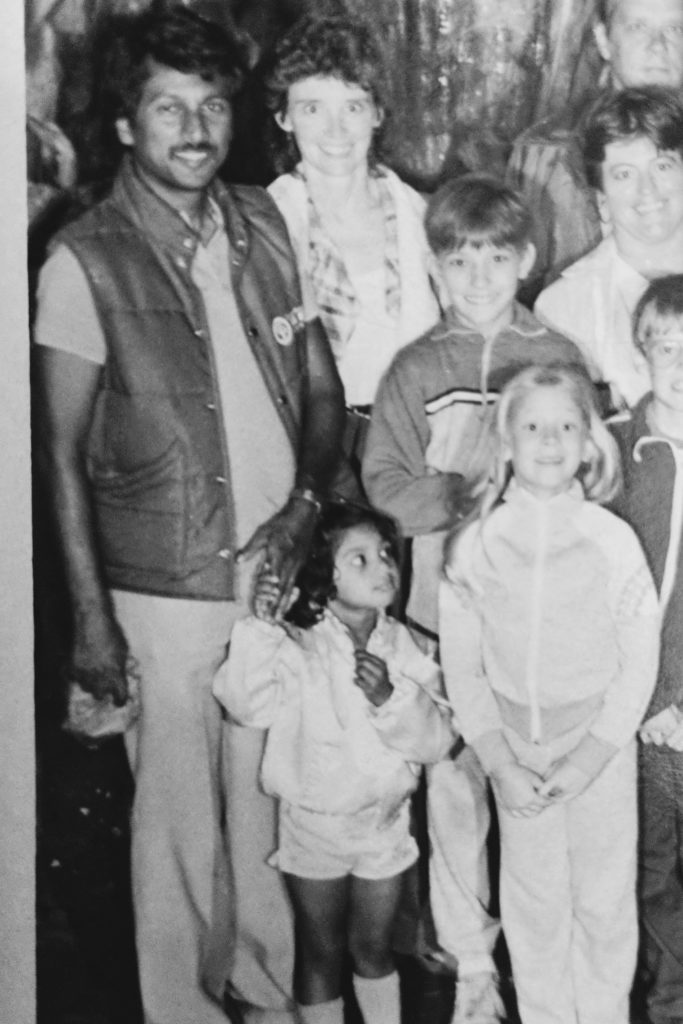
I’m working on an oral history project right now about my generation: Indian, Bangladeshi and Pakistani Americans who were born here or came as children. I want to know how our identities evolve over a lifetime: how do we survive childhood? Who do we marry and why? How do we choose a religious practice? How do we find ourselves when we travel? And how does our relationship with our home country change when our parents pass away?
The stories may eventually end up in a book, which will be a blend of personal narrative, oral history, photography and reporting. The interviews will also eventually be archived at the South Asian American Digital Archive, if participants choose to consent.
If you or someone who know is willing to reflect with me, send me a message! My email address is shilpi.malinowski@gmail.com.
All participants will have the opportunity to adjust their words before the book goes the print, and the option to use a pseudonym.
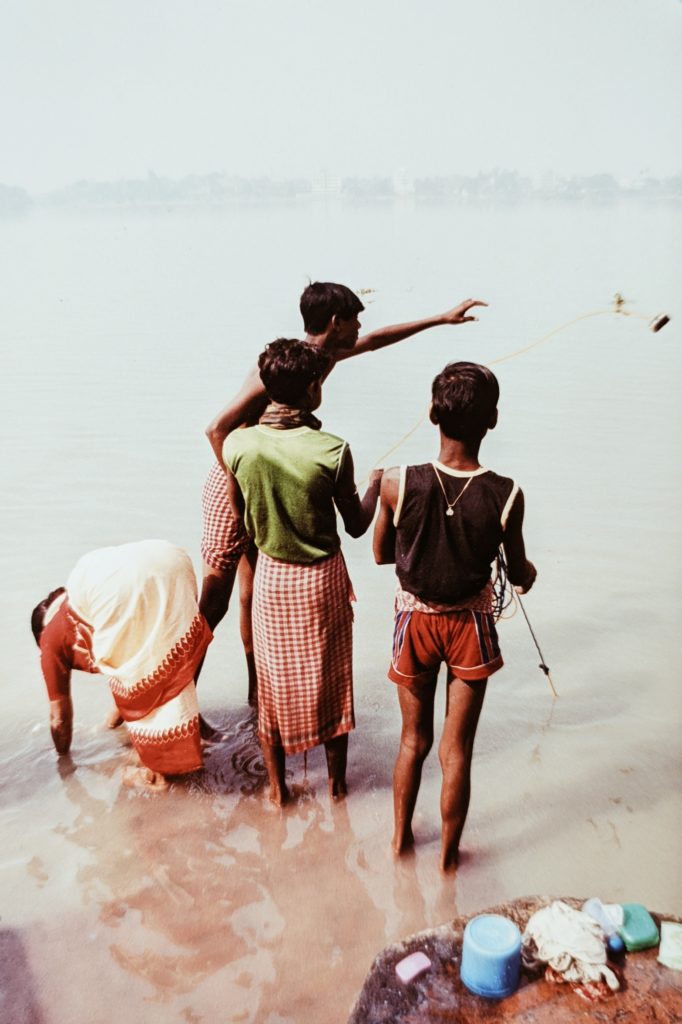
I’m working on a new project about my relationship to India and have been digging around in old journals and photo albums. Check out more photos that I dug up from long-ago trips on my Instagram.
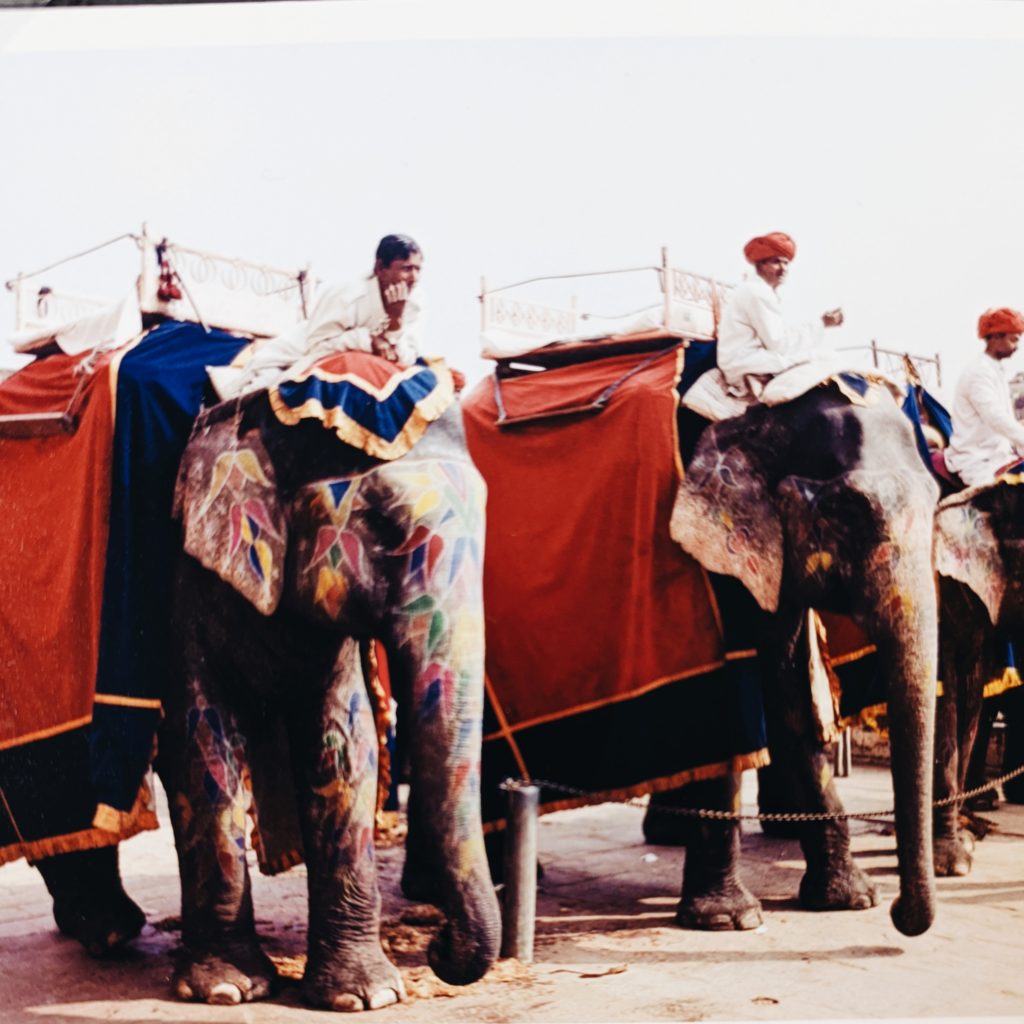
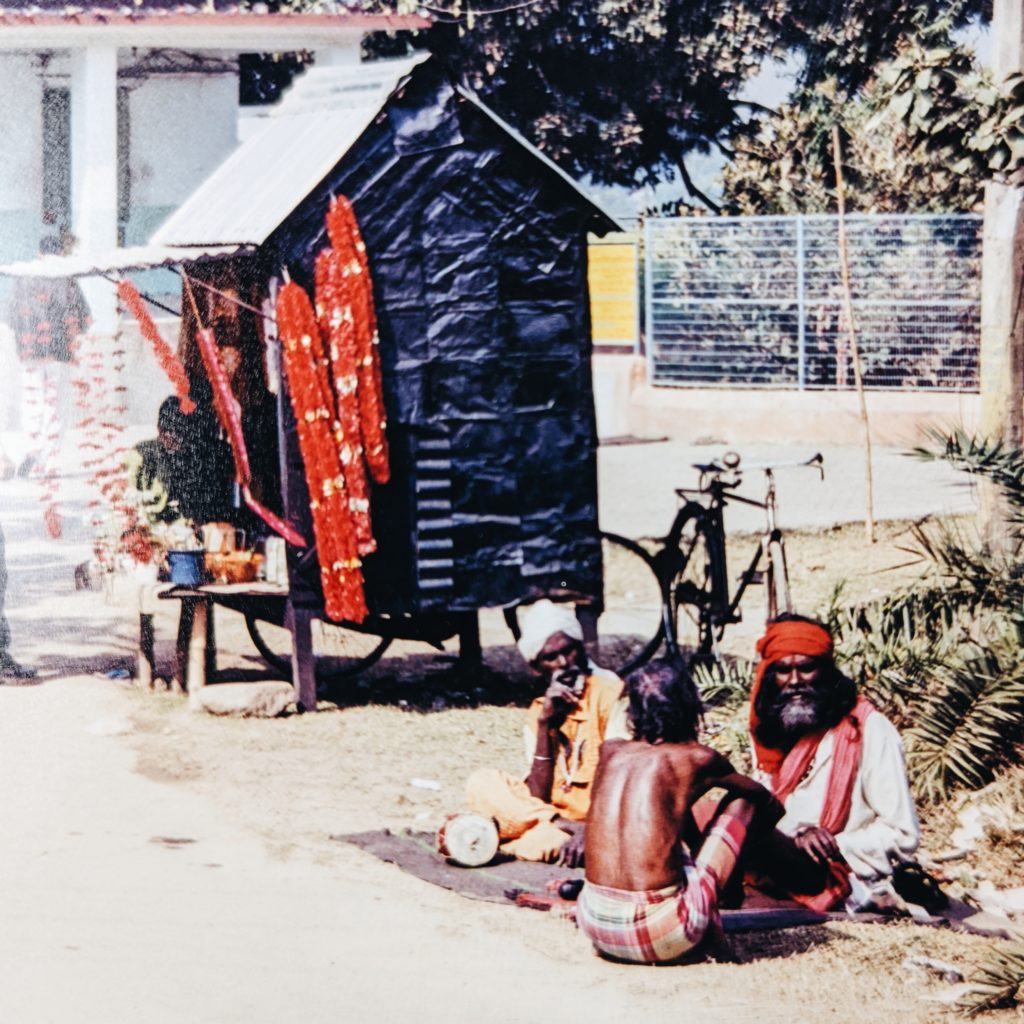
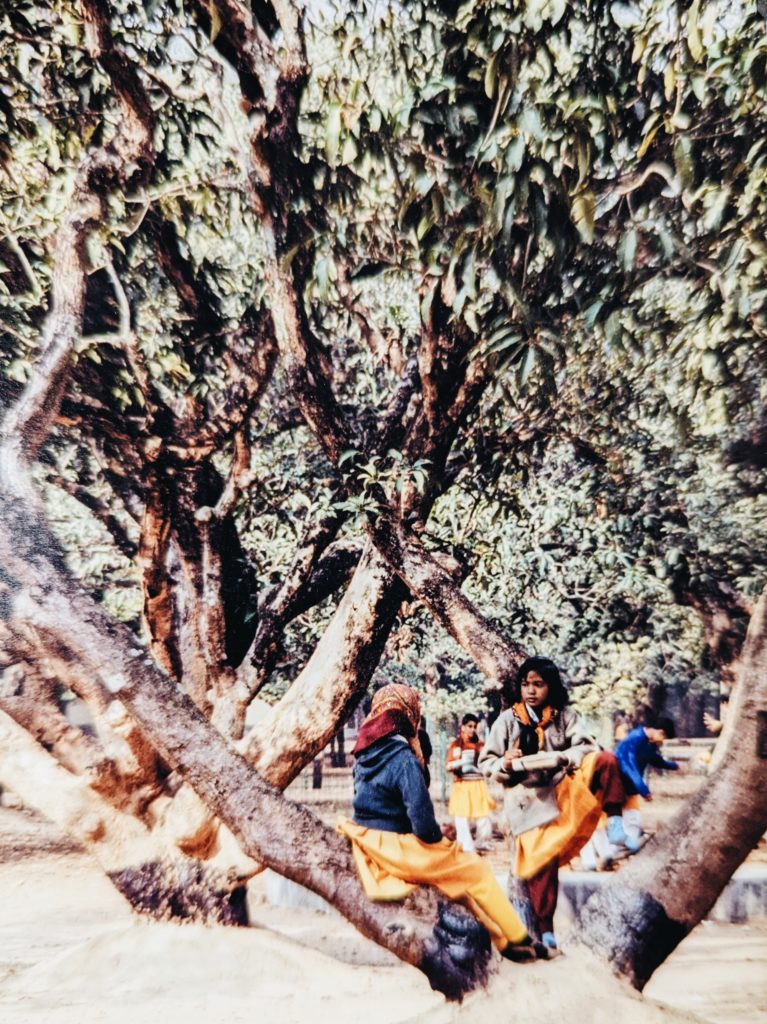
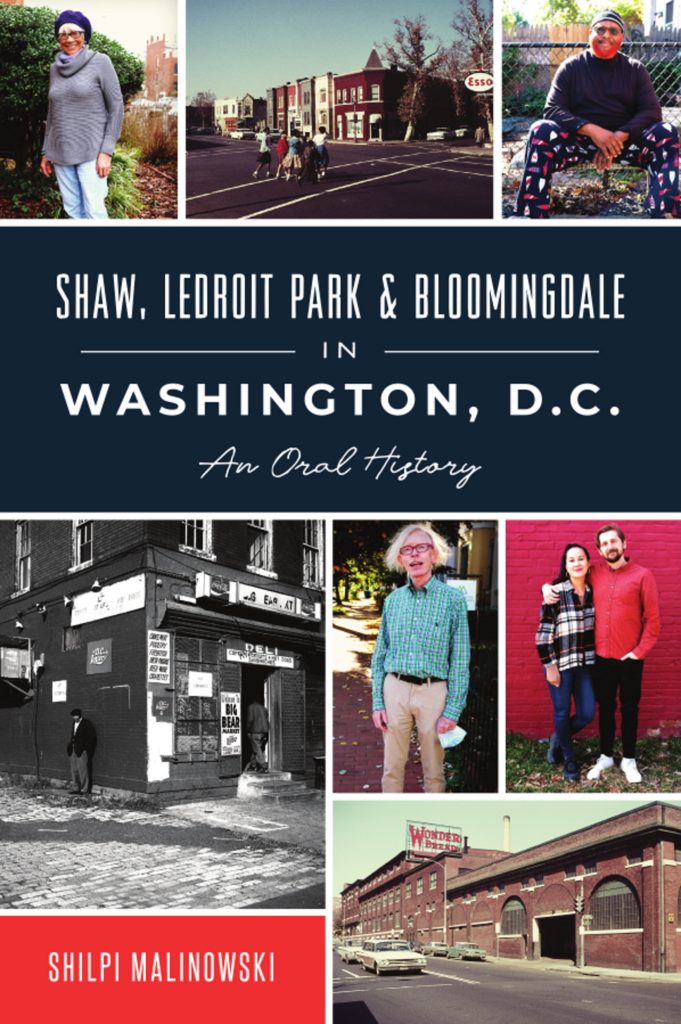
Some of my very favorite bookstores in D.C. have it in stock and online: Politics and Prose, Busboys and Poets, East City Bookshop, and Bol Coop. These local stores have been great supporters of the book and are the best places to purchase!
You can find it on Amazon here and straight from the Arcadia here.
If you are curious and haven’t gotten your hands on a book yet, check out this Instagram account for snippets!
My New York Times essay went up today — it is by far the most personal thing I’ve ever published. Pride and terror!
Welcome to my new site! You can find a few of my articles here, and possibly an occasional blog post.